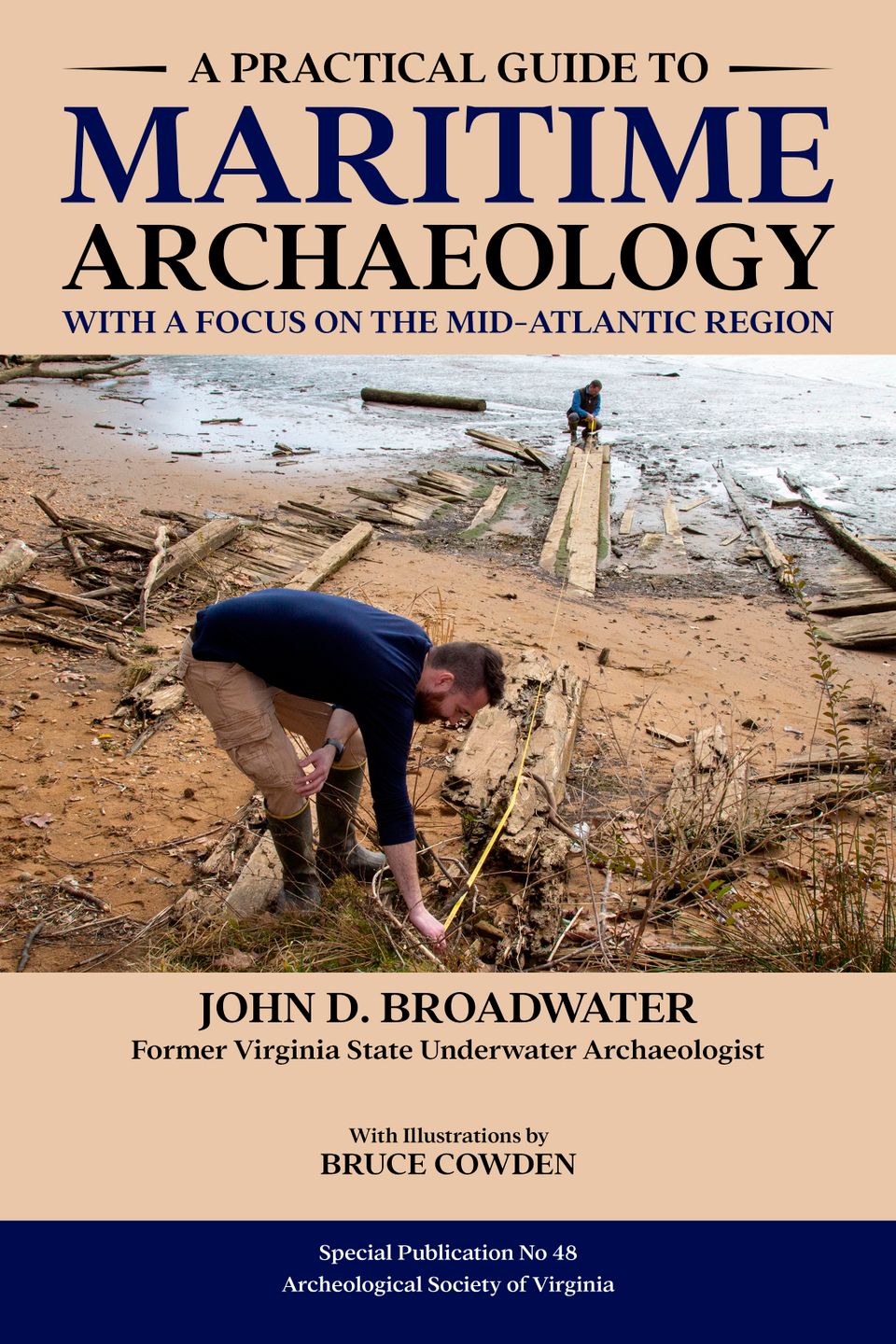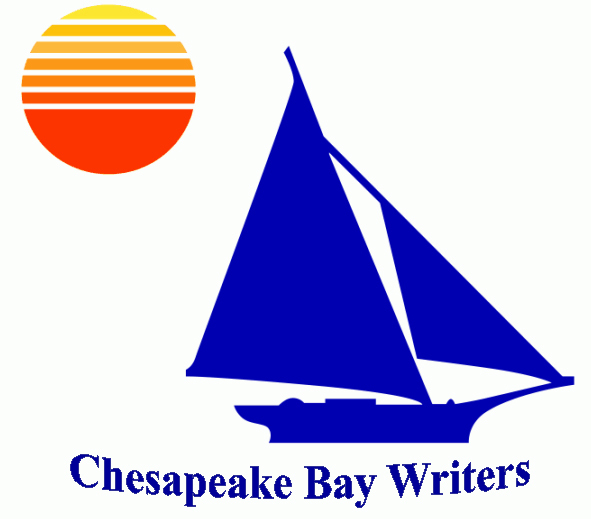Drowning a County -- When urban myths destroy rural drainage

By Carol J. Bova
Drowning a County links myths created by the Virginia Department of Transportation with Mathews County highway drainage failures that are flooding private property, destroying timber crops, damaging roads and endangering the health of residents and of the Chesapeake Bay. Budget constraints decades ago led to reduced ditch maintenance, and VDOT-created myths perpetuated the inadequate attention to essential drainage features. Working from an urban stormwater management perspective, VDOT officials without an understanding of rural watersheds inside the Chesapeake Bay Impact Crater consistently failed to follow VDOT’s own maintenance manuals.
Mathews, a rural peninsula with the same population as in 1910, has preserved much of its pre-development hydrology. Its open network of grass-lined roadside ditches used to offer an efficient system of biofiltration and transport of fresh rainfall and adequate sediment through outfall ditches to sustain the County’s extensive tidal marshes and to bring oxygenated water to the county's creeks, rivers and bays.
Drowning a County reveals the origin of the VDOT-myths and offers facts about drainage, sea level rise and elevation in the county, countering incorrect reports with details from sources such as the Virginia Institute of Marine Science, the U.S. Geological Survey and the National Oceanic and Atmospheric Administration. Information from the Centers for Disease Control shows the risks of mosquito-borne disease, and other material explores the risks of toxic cyanobacteria in the ditches. Drowning a County includes still-valid recommendations from a U.S. Army Corps of Engineers report in 1960 and those of a private engineering company hired by the County in 1980, and it discusses the breach in the Winter Harbor barrier beach and its possible restoration.
Available at Mathews Visitors Center on Main Street and in print and Kindle at Amazon.com.
caroljbova.com
Drowning a County links myths created by the Virginia Department of Transportation with Mathews County highway drainage failures that are flooding private property, destroying timber crops, damaging roads and endangering the health of residents and of the Chesapeake Bay. Budget constraints decades ago led to reduced ditch maintenance, and VDOT-created myths perpetuated the inadequate attention to essential drainage features. Working from an urban stormwater management perspective, VDOT officials without an understanding of rural watersheds inside the Chesapeake Bay Impact Crater consistently failed to follow VDOT’s own maintenance manuals.
Mathews, a rural peninsula with the same population as in 1910, has preserved much of its pre-development hydrology. Its open network of grass-lined roadside ditches used to offer an efficient system of biofiltration and transport of fresh rainfall and adequate sediment through outfall ditches to sustain the County’s extensive tidal marshes and to bring oxygenated water to the county's creeks, rivers and bays.
Drowning a County reveals the origin of the VDOT-myths and offers facts about drainage, sea level rise and elevation in the county, countering incorrect reports with details from sources such as the Virginia Institute of Marine Science, the U.S. Geological Survey and the National Oceanic and Atmospheric Administration. Information from the Centers for Disease Control shows the risks of mosquito-borne disease, and other material explores the risks of toxic cyanobacteria in the ditches. Drowning a County includes still-valid recommendations from a U.S. Army Corps of Engineers report in 1960 and those of a private engineering company hired by the County in 1980, and it discusses the breach in the Winter Harbor barrier beach and its possible restoration.
Available at Mathews Visitors Center on Main Street and in print and Kindle at Amazon.com.
caroljbova.com
A Practical Guide to Maritime Archaeology: with a Focus on the Mid-Atlantic Region

By John D. Broadwater
A Practical Guide to Maritime Archaeology: with a Focus on the Mid-Atlantic Region
(Special Publication 48)
By John D Broadwater, with illustrations by Bruce Cowden
Published by the Archeological Society of Virginia
Shipwrecks! Pirates! Sunken Treasure! The public never seems to get enough tales of
swashbuckling sailors, their ships, and their adventures at sea. While many sea stories spring
from the fertile imagination of fiction writers, many others—often rivaling or exceeding fictional
accounts for excitement and adventure—are based on facts. Maritime historians and
archaeologists scour archives, shorelines, and submerged lands in search of new details about our
maritime past. This book introduces readers to the terminology, tools, and techniques used by
maritime archaeologists in their quest for new sites that may add important details to the ever-
expanding story of humans and their interaction with the seas, bays, and tributaries that link
almost all the people of Earth. While the book focuses on New World sites, more specifically the
Mid-Atlantic Region of the United States, much of the information is relevant to maritime
research anywhere. The guide is essentially a textbook on maritime and underwater archaeology
for nonprofessionals.
The book begins by describing the various terms relating to archaeology underwater, followed by
descriptions of some of the most famous and significant shipwreck discoveries; the following
chapters describe the types of maritime sites and provide a step-by-step description of how to
develop a research plan, investigate an underwater archaeological site, and share research with
others through publications, lectures, and social media. Excavation is not covered since that level
of site disturbance should only be done by experienced professional archaeologists. Appendices
provide suggestions for further reading, lists of agencies and organizations are involved in
maritime archaeology, and detailed instruction and forms for conducting underwater research.
The book is written in a conversational style, and the information is detailed, but easy to follow
and understand.
The author, John Broadwater, has been conducting maritime archaeology projects for more than
fifty years, much of it in the murky waters of the Mid-Atlantic where special methodologies are
required to cope with the near-zero visibility. John was Virginia’s first State Underwater
Archaeologist, directing a ten-year shipwreck project in the York River. John began diving in
1969 but had no knowledge of archaeological principles or techniques. He was fortunate to be
offered opportunities to work with professional maritime archaeologists, but he still values his
connections to recreational divers and avocational archaeologists, so he has devoted a great deal
of time and effort providing opportunities for those groups to learn about and participate in his
research. He was a founder of the Archeological Society of Virginia’s Maritime Heritage
Chapter. This book is Broadwater’s most recent effort to promote educational training and
opportunities for divers and avocational archaeologists.
Available on Amazon
A Practical Guide to Maritime Archaeology: with a Focus on the Mid-Atlantic Region
(Special Publication 48)
By John D Broadwater, with illustrations by Bruce Cowden
Published by the Archeological Society of Virginia
Shipwrecks! Pirates! Sunken Treasure! The public never seems to get enough tales of
swashbuckling sailors, their ships, and their adventures at sea. While many sea stories spring
from the fertile imagination of fiction writers, many others—often rivaling or exceeding fictional
accounts for excitement and adventure—are based on facts. Maritime historians and
archaeologists scour archives, shorelines, and submerged lands in search of new details about our
maritime past. This book introduces readers to the terminology, tools, and techniques used by
maritime archaeologists in their quest for new sites that may add important details to the ever-
expanding story of humans and their interaction with the seas, bays, and tributaries that link
almost all the people of Earth. While the book focuses on New World sites, more specifically the
Mid-Atlantic Region of the United States, much of the information is relevant to maritime
research anywhere. The guide is essentially a textbook on maritime and underwater archaeology
for nonprofessionals.
The book begins by describing the various terms relating to archaeology underwater, followed by
descriptions of some of the most famous and significant shipwreck discoveries; the following
chapters describe the types of maritime sites and provide a step-by-step description of how to
develop a research plan, investigate an underwater archaeological site, and share research with
others through publications, lectures, and social media. Excavation is not covered since that level
of site disturbance should only be done by experienced professional archaeologists. Appendices
provide suggestions for further reading, lists of agencies and organizations are involved in
maritime archaeology, and detailed instruction and forms for conducting underwater research.
The book is written in a conversational style, and the information is detailed, but easy to follow
and understand.
The author, John Broadwater, has been conducting maritime archaeology projects for more than
fifty years, much of it in the murky waters of the Mid-Atlantic where special methodologies are
required to cope with the near-zero visibility. John was Virginia’s first State Underwater
Archaeologist, directing a ten-year shipwreck project in the York River. John began diving in
1969 but had no knowledge of archaeological principles or techniques. He was fortunate to be
offered opportunities to work with professional maritime archaeologists, but he still values his
connections to recreational divers and avocational archaeologists, so he has devoted a great deal
of time and effort providing opportunities for those groups to learn about and participate in his
research. He was a founder of the Archeological Society of Virginia’s Maritime Heritage
Chapter. This book is Broadwater’s most recent effort to promote educational training and
opportunities for divers and avocational archaeologists.
Available on Amazon
